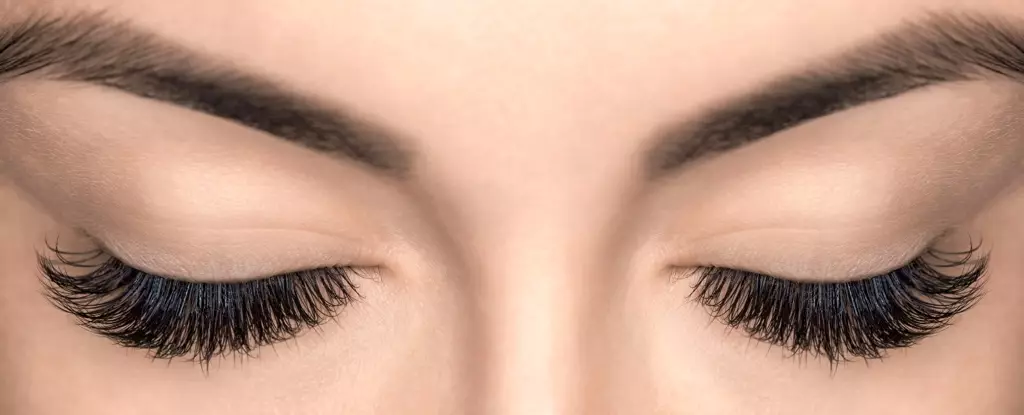Our natural eyelashes serve a crucial purpose in protecting our eyes from external elements. They act as a barrier, diverting air away from the eyeball and preventing airborne particles from entering the eye. In addition, natural eyelashes help keep the eye lubricated and play a role in ensuring we blink regularly to maintain eye health.
While ultra long eyelashes may be considered fashionable, the use of eyelash extensions comes with its own set of risks. Eyelash extensions are individual fibres attached to each natural lash using glue. These extensions can be made of various materials, including natural fibres like silk, hair from minks or horses, or synthetic fibres such as nylon or plastic. Improper application of these extensions can lead to serious health issues.
One of the major concerns with eyelash extensions is the adhesive used to attach them. Reports have shown that many women experience adverse reactions to the glue, including keratoconjunctivitis and allergic reactions. In some cases, nail glue has been mistakenly used as eyelash adhesive, leading to severe consequences like glued eyelids or eyelash misplacement.
A study has revealed that a significant number of eyelash glues contain formaldehyde, a known carcinogen. The release of formaldehyde from these glues can pose long-term health risks to individuals who regularly use eyelash extensions. This chemical exposure can cause toxic conjunctivitis, conjunctival erosion, and other severe eye conditions.
Blepharitis, inflammation or irritation of the eyelids, is one of the most common complications associated with eyelash extensions. Changes to the natural lashes due to extensions can disrupt the natural antimicrobial functions of the eyelids, leading to bacterial build-up and potential infections. Poor salon hygiene can also result in lash mite infestations, further exacerbating eye health issues.
Alternatives to Eyelash Extensions
In response to the risks posed by eyelash extensions, some individuals have turned to eyelash growth serums containing prostaglandin. These serums have shown promise in increasing the length, thickness, and darkness of natural lashes. However, it is essential to be cautious when using these products, as they can have side effects such as changes in iris color and loss of fat tissue around the eyes.
While ultra long eyelashes may be desirable in today’s beauty standards, it is essential to consider the potential risks and health hazards associated with achieving this look. Whether through eyelash extensions or growth serums, it is crucial to prioritize eye health and safety. Choosing an experienced technician at a reputable salon and maintaining proper hygiene practices are essential steps in mitigating the dangers of ultra long eyelashes. Ultimately, the decision to pursue eyelash enhancements should be made with careful consideration of the potential consequences on one’s eye health.


Leave a Reply